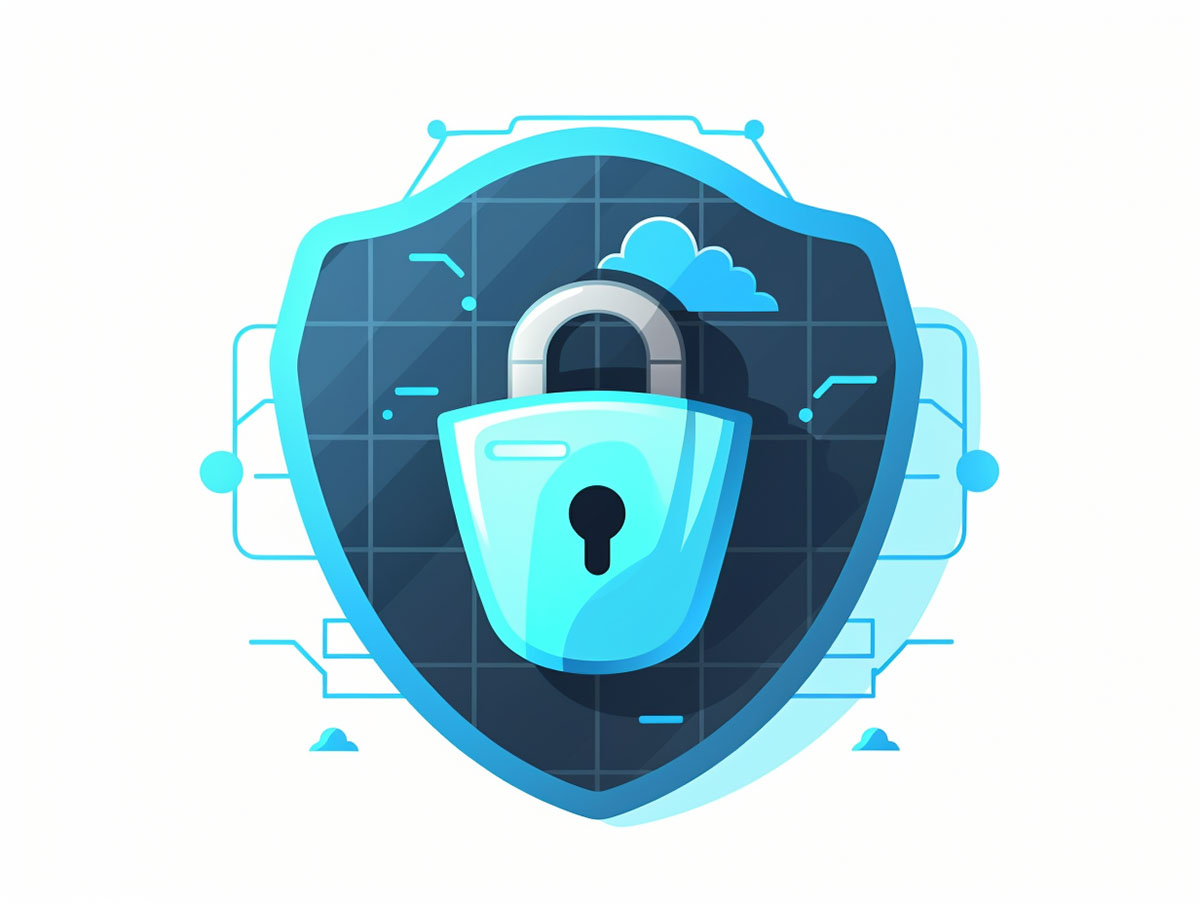Systems Security Architecture refers to a structured framework that describes and guides the structure, behavior, and protocols of a secured system. This involves a strategic design with various components like security protocols, IT infrastructure, and security measures or procedures in place. It helps in managing risks, protecting against threats, and ensuring business continuity. The goal of system security architecture is to describe how an organization’s security controls and measures integrate with the system and user interactions to maintain a secure environment and protect the organization’s data.
Systems Security Architecture Examples
1. Banking Organization
A good example of Systems Security Architecture is in the banking sector. Banks deal with a large amount of confidential financial data and personal information, making security crucial. To ensure this, they design their Systems Security Architecture with a structure that safeguards all internal and external transactions.
Stay One Step Ahead of Cyber Threats
The architecture comprises firewalls to deter hacking attempts, anti-virus software to prevent malicious attacks, and encryption methods to secure data transmission. They further integrate security measures right up to the end-user interfaces. For instance, customers using online or mobile banking services often need to go through two-factor authentication processes. This is a part of the bank’s Systems Security Architecture.
By building a robust Systems Security Architecture, the bank effectively manages the risks, offsets the potential threats, and ensures the continuity of its day-to-day operations. Through this architecture, a bank guarantees the security of its customer’s data and maintains its own reputation and credibility in the market.
2. E-commerce Platform
An e-commerce platform is another pertinent illustration of Systems Security Architecture application. As e-commerce websites manage high volumes of customer data and sensitive transaction details, the need for a secure system architecture to manage this data is essential.
These platforms leverage Systems Security Architecture to incorporate security measures throughout their website framework. A significant part of this involves employing secure payment gateways, designed to protect user transaction details in real-time. These gateways form an integral part of the overall Systems Security Architecture.
Additionally, data encryption is another standard deployed to protect users’ personal data. Secure logins are also implemented to ensure only authorized individuals can access user accounts. Through proper Systems Security Architecture, e-commerce platforms can deliver a secure shopping experience to their users and protect them from any potential data breach or cyber threats.
3. Healthcare Provider
In the realm of healthcare, Systems Security Architecture holds a significant place. Patient data is extremely sensitive and maintaining its confidentiality is of paramount importance. This compels healthcare providers to design a robust and reliable Systems Security Architecture.
The structure involves creating secure pathways for electronic health records systems. These pathways are encrypted to protect the patient’s confidential health information from unauthorized third-party access. This protective measure extends beyond computer systems to include network protocols and mobile applications as well.
Health providers also implement stringent data privacy policies to prevent data breaches. This forms a crucial aspect of their Systems Security Architecture. Such an architecture ensures patient data stays safe, augmenting the trust between the healthcare providers and patients, and reinforcing the provider’s commitment to maintaining high standards of health data protection.
Conclusion
Systems Security Architecture plays a pivotal role in various sectors, from banking and e-commerce to healthcare, safeguarding critical and sensitive data. By integrating system design with rigorous security controls, it significantly limits risks and ensures the protection of valuable data, thereby strengthening users’ trust in these sectors.
Key Takeaways
Related Questions
1. Why is Systems Security Architecture important for businesses?
Systems Security Architecture is crucial for businesses because it helps protect sensitive data from threats and breaches, ensures business continuity, and builds customer trust.
2. How does Systems Security Architecture contribute to data protection?
Systems Security Architecture contributes to data protection by implementing security protocols, using data encryption mechanisms, and establishing secure user interactions to prevent unauthorized access to data.
3. What are the primary components of Systems Security Architecture?
The primary components of Systems Security Architecture generally include security controls, IT infrastructure, data privacy policies, and user interfaces tailored to manage risks and maintain secure environments.
4. How does a secure payment gateway in an e-commerce platform relate to Systems Security Architecture?
A secure payment gateway is a part of Systems Security Architecture in an e-commerce platform. It is designed to protect real-time user transaction details against any potential cyber threats.
5. How does a healthcare provider use Systems Security Architecture?
Healthcare providers use Systems Security Architecture to secure patient data by creating secure paths for electronic health records systems, implementing data privacy policies, and establishing secure network protocols that ward off unauthorized access.
"Amateurs hack systems, professionals hack people."
-- Bruce Schneier, a renown computer security professional






